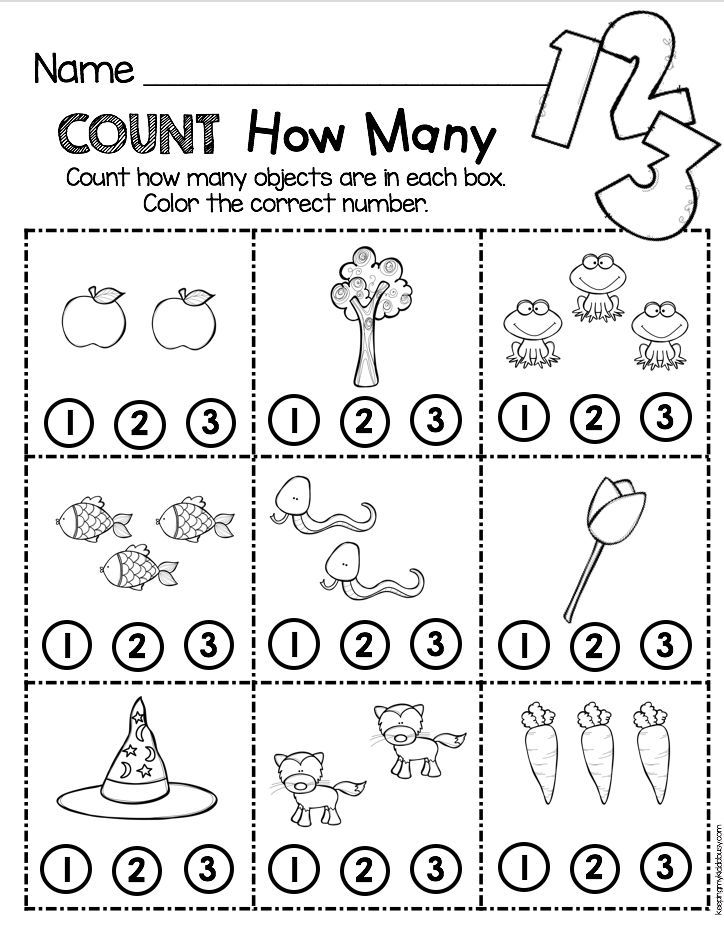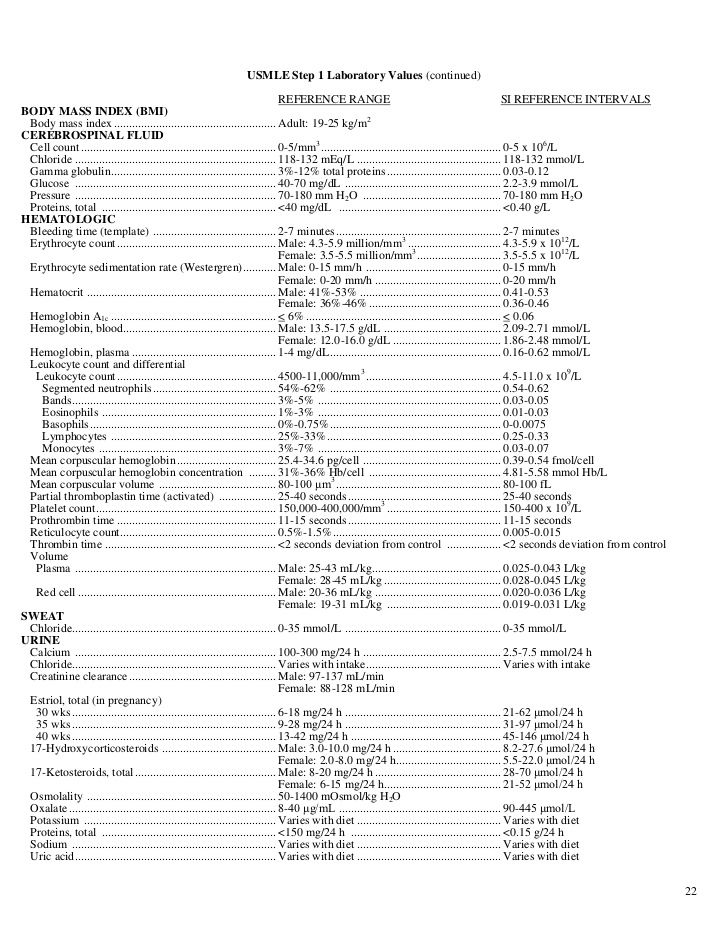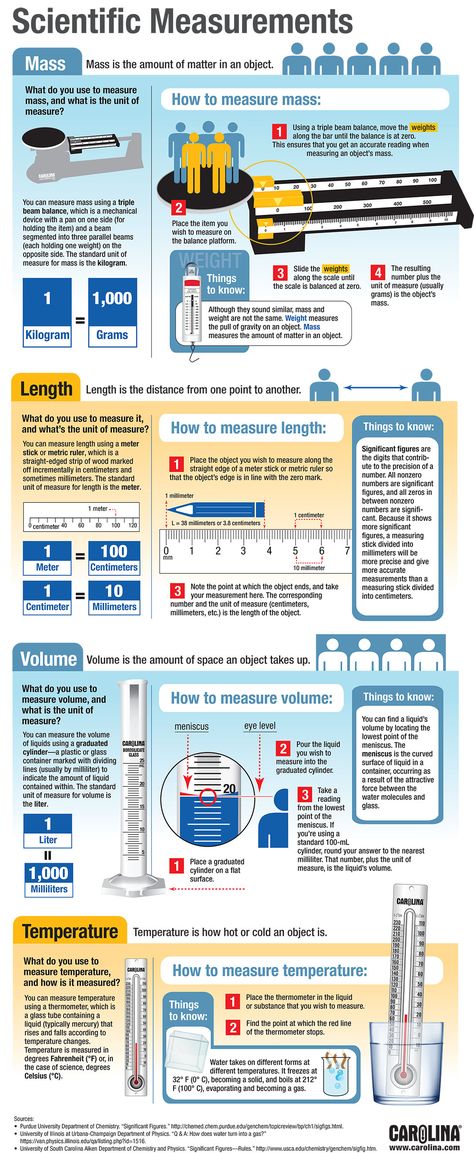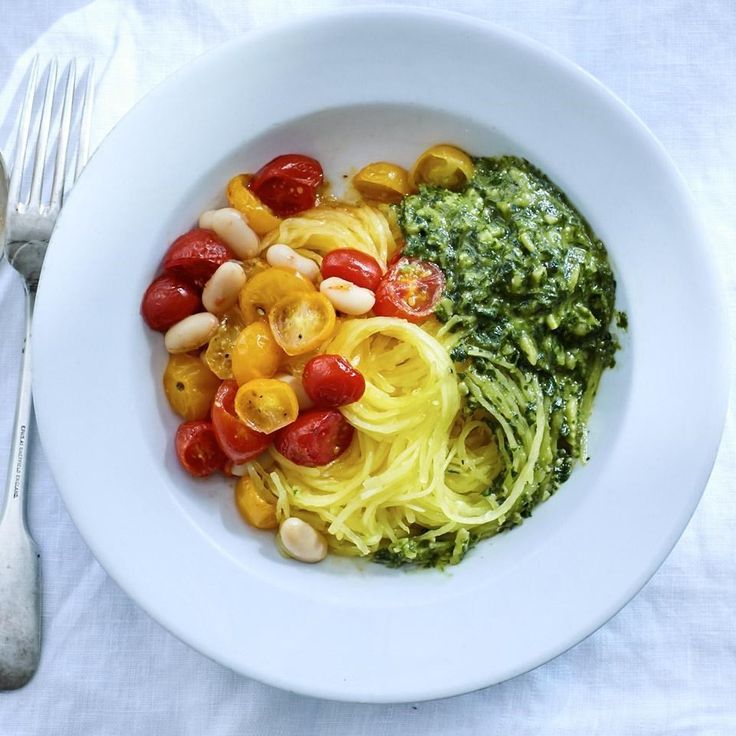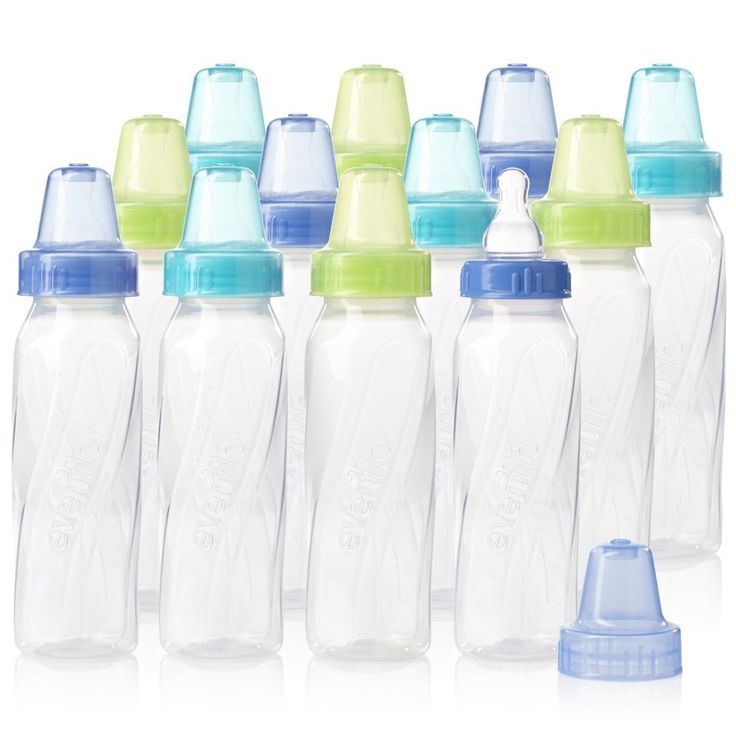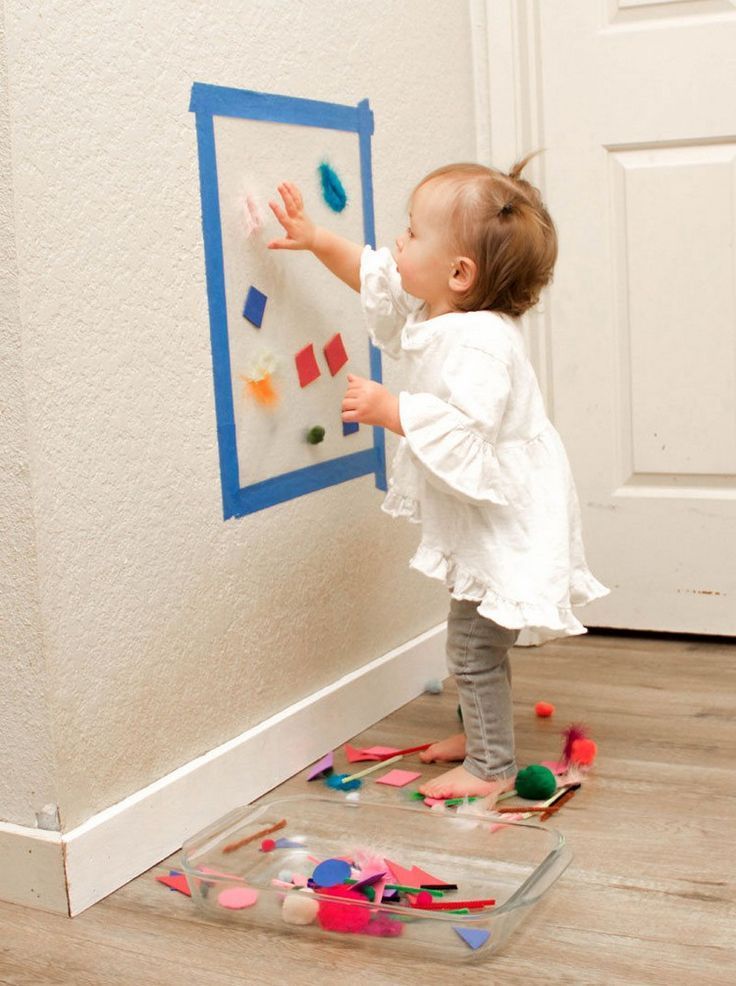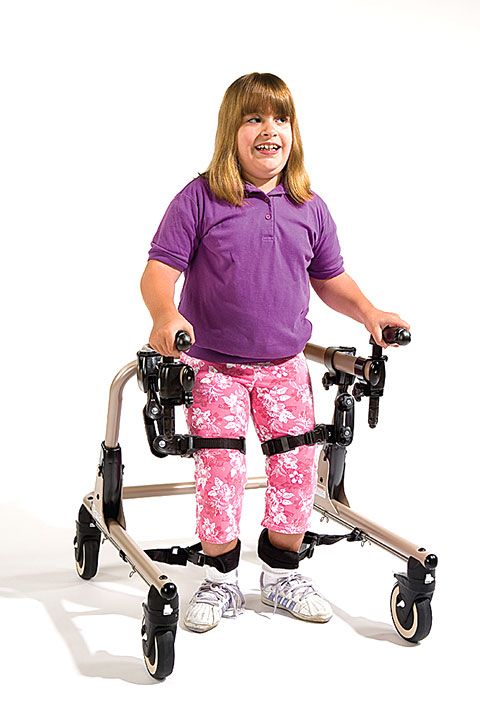How to potty train an extremely stubborn child
How We Potty Trained Our Strong-Willed Son (Hint: NOT in 3 Days!)
Share this post:
214 shares
Here's how we potty trained our strong willed toddler. It took us a long longer than the "3 days" that many bloggers write about, but I feel like that is a totally unrealistic expectation for many toddlers.
Read on to see all our potty training tips and what method we used to potty train our son, who has not always been the easiest child!
I wrote a whole blog post about how the 3 day potty training method is just not realistic for many families. Give it a read if you're about to start potty training, or started potty training and it's not going as well as you hoped.
Here is how we potty trained our son, who can be quite stubborn and doesn't always listen to us.
I'll start with some general potty training tips, and then get into the actual method that we used, with a step-by-step summary of how we actually potty trained him.
RELATED: Tooth Brushing Reward Chart
Tips for potty training
- Try going without rewards first. We had no luck with rewards at all. I know a few families whose kids kept running to the potty just to get another piece of chocolate. ALL DAY LONG. And I know a few parents whose kids did great with rewards. You know your kid best. And even one kid might react totally different to rewards at one stage of their little toddler life vs a few months earlier, so you never know. But if you can do it without any rewards, gimmicks, or bribes, it will be much easier.
- Try going without distractions. Anytime we tried to get our son to sit on the potty by reading him books or letting him watch videos, he completely stopped focusing on the fact that he had to try to use the potty and would just ask for more books / videos over and over and over. "Again! Again!" We had to stop using any distractions in order for him to actually pee in the potty.
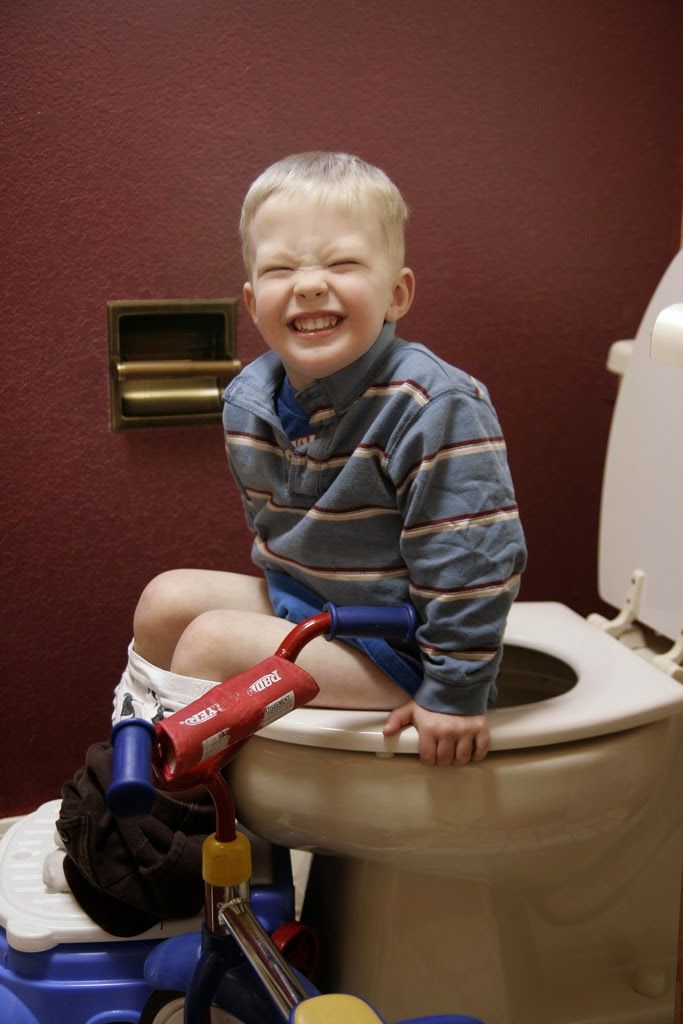 So if you can do it without using any distractions, try it that way first. As you'll see below, when the potty training actually worked, we didn't have our son sit on the potty for a certain amount of time - that wasn't part of our potty training method... so we didn't even need the books or videos!
So if you can do it without using any distractions, try it that way first. As you'll see below, when the potty training actually worked, we didn't have our son sit on the potty for a certain amount of time - that wasn't part of our potty training method... so we didn't even need the books or videos! - Use a timer or a 1 minute sand timer / hour glass to get your toddler to sit just for a minute. This is the only little gimmick that worked for us. Since our son is so energetic, he would sometimes sit for 5 seconds, pee or poop a tiny bit, then run off to play. Using a cheap little toddler-safe (aka not glass) sand timer (such as this one) helped us explain to him that he has to sit and finish going to the potty before he runs off.
- Don't say "it's OK" when your child has an accident. We don't want our kids to think it's OK to have an accident. Don't even call in an accident - adding that word to your child's vocabulary might make them have more "accidents" on purpose just so they can proudly exclaim "I had an accident!!" Instead, try saying "Let's go finish peeing in the potty!" or "Pee goes in the potty! Next time you'll do better and we'll make sure you go in the potty.
 " And make sure to remind them: "Pee goes in the potty! Poop goes in the potty!" to reinforce that idea and end the accident on a positive note.
" And make sure to remind them: "Pee goes in the potty! Poop goes in the potty!" to reinforce that idea and end the accident on a positive note. - Don't get mad or upset about accidents. Even if it's for the 7th time that day and your child peed all over their bin of books (yes, that's happened). Showing a little disappointment is probably fine (it all depends on your kid, really!) but don't let them see that they have the power to make you mad or sad about it.
- It's OK to take a break! As I said above - if it's not working at all then it's OK to take a break for a week and start again then.
- Don't give up too soon and be consistent with expectations. This contradicts point #6 a bit, but you know your kid best. If your child is making slow progress but not getting upset about it or acting out in other ways, then stick with it, even if you have a ton of accidents every day.
- "Where does the pee go? Where does the poop go?" Similar to #2 above, you always want to reinforce where your child has to pee or poop and give them a positive association with the idea of using the potty.
 Every half hour or so, and after every accident, we would ask our son "Where does the pee go?" And he would excitedly say "In the potty!" And we would reply with "That's right!! Very good!!" and gave him a high five. This reminded him about it and really drilled the idea into his head and also turned each accident into a positive experience.
Every half hour or so, and after every accident, we would ask our son "Where does the pee go?" And he would excitedly say "In the potty!" And we would reply with "That's right!! Very good!!" and gave him a high five. This reminded him about it and really drilled the idea into his head and also turned each accident into a positive experience. - Get lots and lots and lots of small towels and toddler underwear. We use these microfiber towels for all spills in the house, and we have 48(!!!) of them that we've used ever since our son was born. They are a life saver - they absorb spills really well... and you will have a lot of pee to clean up (unless of course your kid potty trains quickly without any issues - but then you wouldn't be here reading this long article if that was your kid). And you might be going through several pairs of underwear a day. Our loads of laundry are mostly microfiber towels and tiny underwear.
 I'm so glad we don't have to do laundry every day because we stocked up on these items.
I'm so glad we don't have to do laundry every day because we stocked up on these items. - Drink lots of water, or juice, or milk. The more practice your child has to go pee, the faster they will understand when they have to go and get it right. We typically don't give out son juice, but while we were potty training we were diluting juice with water so he would drink more and letting him have more juice. (Make sure you brush their teeth well several times a day to keep their teeth from getting cavities from the sugar in juice, and also read my article about what to expect from the first dentist visit).
What kind of potty to use to potty train
It's totally a personal choice what kind of potty or step stool situation you want to use, but here's what we used and why:
We had two potties - one was a little potty we brought with us all over the house while we were in stage 1 of potty training (more on that below!). Any of these would be fine. Something like this is great because it's realistic and would make the transition to a real toilet easier.
Something like this is great because it's realistic and would make the transition to a real toilet easier.
I know people who bought a bunch of these - one for every room of the house they would hang out in and the backyard - so they don't have to lug it around with them... smart!
The other potty we have is this folding portable potty training seat. We wanted to transition our son to the real toilet as quickly as we could because I hated cleaning out the kiddie potty (more on that below!), plus we wanted something ultra portable because we travel a lot. This thing is amazing and takes up so little space when folded. We take it with us when we go over to people's houses and when we travel.
The other option instead of a portable seat would be a little ladder that helps toddlers get up the the toilet, such as this one.
The Oh crap! method
There are many techniques and approaches to use for potty training.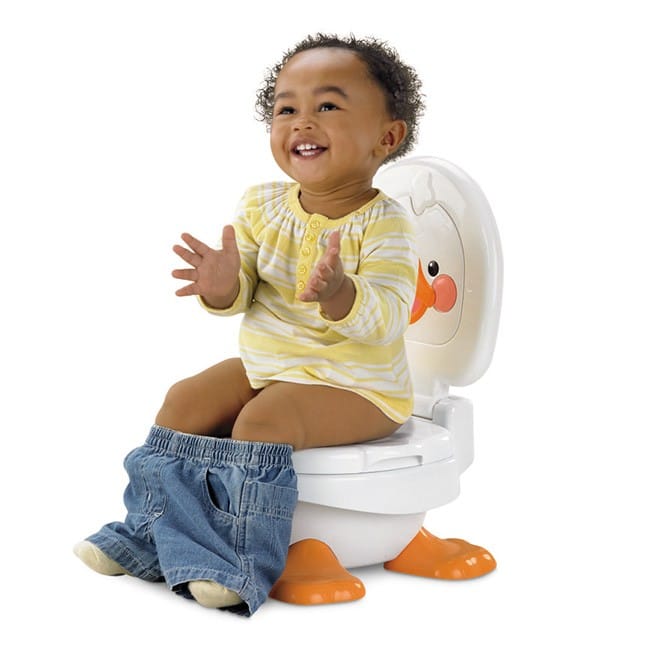 We've tried in the past to just sit him down on the potty for a few minutes and have him sit for 10-15 minutes, hoping to catch him at the right moment. But our son was stubborn and did not stop moving. We then tried to get him to sit for 10-15 minutes at a time by reading books or watching movies, but then he stopped focusing on sitting on the potty and just wanted us to keep playing videos to him or reading, so that didn't work either.
We've tried in the past to just sit him down on the potty for a few minutes and have him sit for 10-15 minutes, hoping to catch him at the right moment. But our son was stubborn and did not stop moving. We then tried to get him to sit for 10-15 minutes at a time by reading books or watching movies, but then he stopped focusing on sitting on the potty and just wanted us to keep playing videos to him or reading, so that didn't work either.
We had to try other methods of potty training, and we ended up loosely following the Oh Crap! Potty Training method (here's the book).
By the way, we were able to get our son to pee and poop on the toilet roughly around the same time. Keep reading below to see what helped us teach our soon how to poop in the toilet.
Here's what we did:
Potty training stage 1 - the naked stage
We started by letting our son go naked and keeping a VERY CLOSE EYE ON HIM ALL DAY LONG. We brought our little potty with us to every room we were hanging out in. We did put a diaper on him during naps, meals, car rides, and at night - anytime it would not have been OK for him to have an accident.
We did put a diaper on him during naps, meals, car rides, and at night - anytime it would not have been OK for him to have an accident.
There are two reasons to keep your toddler naked when we started potty training:
- It's the fastest way to get on the potty - no need to take off underwear, pants, legging, etc.
- Underwear on feels too much like wearing a diaper - we didn't want him to continue peeing and pooping in his underwear thinking he was wearing a diaper
While our son was naked, if there was any sign of him wanting to go to the potty, we would immediately have him sit on the potty (by the way, we have him sit down to pee - it is working out so much better for us - more on that later!). The most common sign of him having to pee was just pausing for a second in the middle of whatever he was doing and looking thoughtful. It was subtle. We really had to keep an eye on him.
If he started to pee or poop on the floor, we immediately grabbed him and placed him on the potty.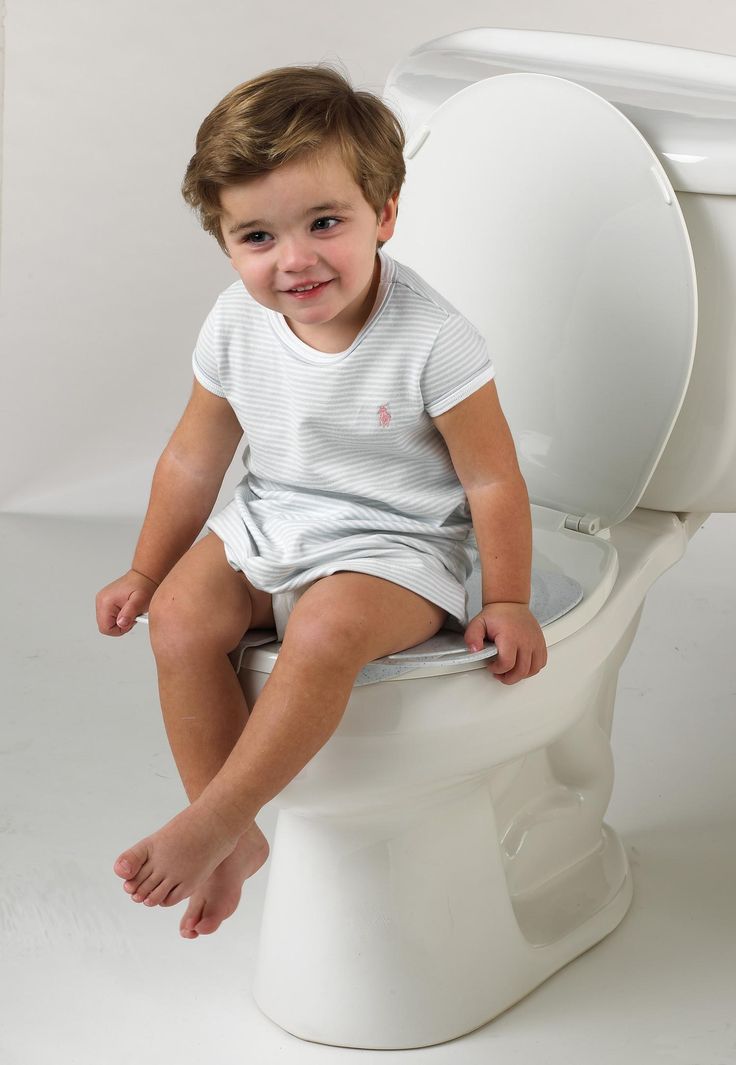 Afterwards, he would help us wipe and clean the floor if he peed (and the toys, the rug, the book, the cat.... so many things got peed on!)
Afterwards, he would help us wipe and clean the floor if he peed (and the toys, the rug, the book, the cat.... so many things got peed on!)
We also asked him and reminded him to go on the potty every 15-30 minutes, depending on how much liquids he's drinking, how much he peed in the last few hours, etc. As I mentioned in my potty training tips section above, we did NOT make him sit on the potty for a certain amount of time. That would not have worked for our son because it would have made him resent sitting on the potty. Instead, we chose to constantly remind him to go on the potty and let him sit for just a minute or two - for as long as he needed to do his business, and then he was off to play.
We were on potty watching duty ALL THE TIME.
This was the LONGEST STAGE of the potty training process. It took us a few weeks. I was so tired of seeing my son's naked bottom everywhere all day every day.
Once our son was going on the potty on his own pretty consistently (meaning only 1-2 accidents per day), we moved on to step 2.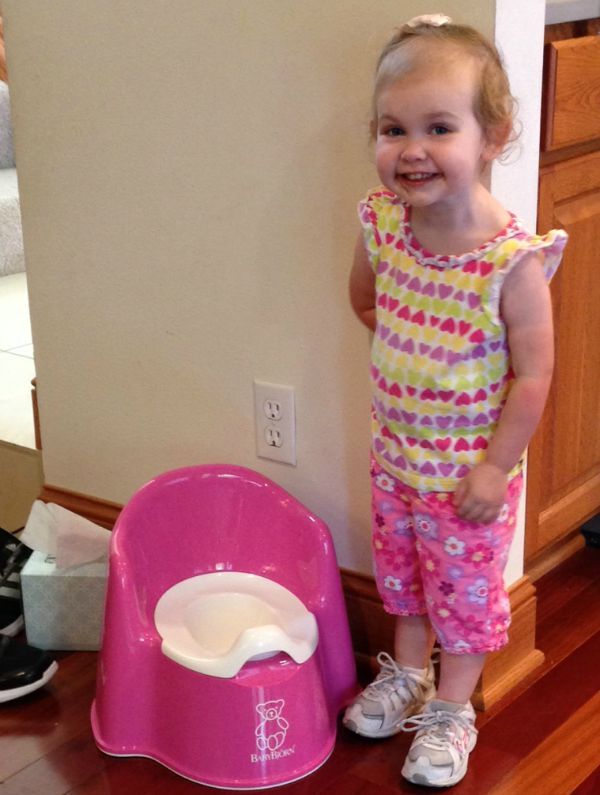
And remember, if your child is still consistently just having accidents and not getting when they have to go to the potty, it's OK to take a break from potty training for a few weeks. We had to take a few breaks a couple of times because we were getting absolutely nowhere.
My friend said to me:
"If you always have to watch him and take him to the potty yourself, then you're not really potty training your son... you're training yourself to know when he has to pee."
... and that is so true! I had no desire to get really good at spotting when my son was going to pee. I wanted HIM to realize when he had to go. If your kid has no idea yet, that's OK. Give them a few weeks or a month.
Potty training stage 2 - move the potty to the bathroom
Stage 2 was simply moving the potty closer and closer to the bathroom each day, teaching our son to anticipate that he will have to go to the bathroom. This stage took us a few days.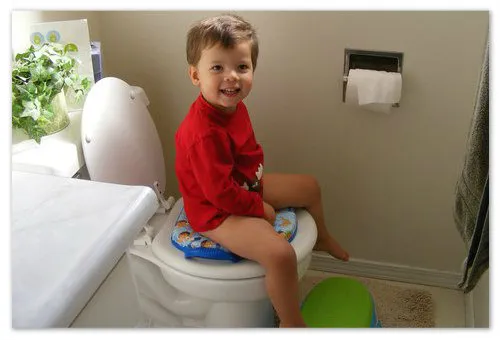
Potty training stage 3 - shorts or pants
Once our son could reliably run to the bathroom to use the potty (again - accidents happened, sometimes even every day... but he was getting better and better so we knew we were progressing), we dressed him in loose fitting shorts or pants.
We helped him pull down the pants/shorts at first because we didn't want him to have an accident and feel bad about it, but then we encouraged him to pull down his pants on his own. We had him wear really loose pants so it would be easier for him to learn to pull them down (pulling them back up on again was much tougher! Our son is over 3 now and still can't do it on his own... again, don't be discouraged by parents whose kids magically dress themselves at the age of 2).
We didn't want our son to wear underwear at this stage yet for the same reasons as before: (1) we wanted him to spend more time without underwear so he forget what a diaper feels like and (2) we wanted to be able to pull down the pants as quickly as possible.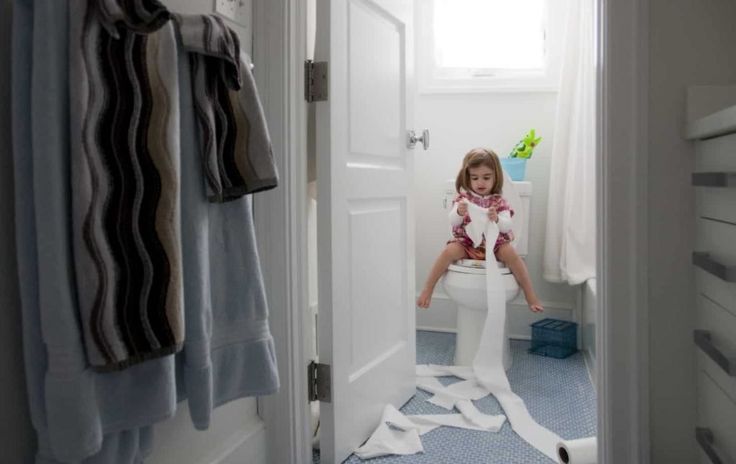
This stage took us a couple of weeks, surprisingly. Our son wet a LOT of wet shorts during this phase. But he wasn't refusing to go to the potty, and he even had days where he went without accidents, so we were encouraged to keep going.
Potty training stage 4 - underwear!
Finally we were able to dress our son in underwear AND pants! We kept a close eye on him during the first few days because we weren't sure if he would realize he had to pee - and sure enough, he had a few more accidents once he started wearing underwear. But we consistently reminded him that "pee goes in the potty!" after every accident and eventually the number of accidents decreased.
Potty training stage 5 - transition from the kiddie potty to the real toilet
You're going to want to transition your child from the small toddler potty to a real toilet as soon as you reasonably can. TRUST ME.
It's going to get REALLY TIRING to clean out the kiddie potty several times a day.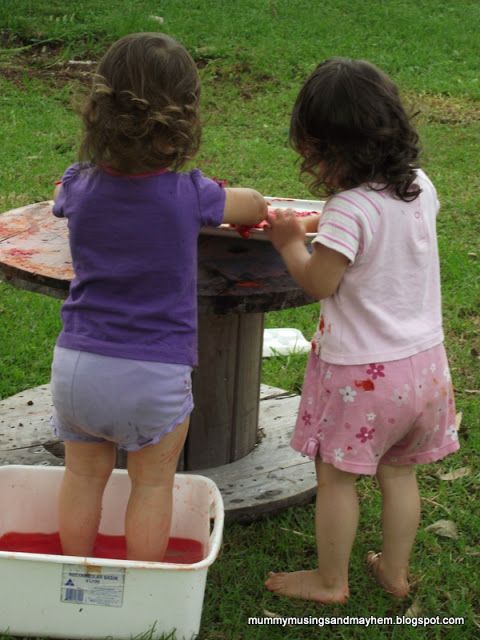 (Just for reference... changing poopy diapers never made me gag. Cleaning out poop from the little potty made me gag so hard I would start sweating and had to take breaks from it).
(Just for reference... changing poopy diapers never made me gag. Cleaning out poop from the little potty made me gag so hard I would start sweating and had to take breaks from it).
As I mentioned before, we started with a toddler potty like as this one because we wanted to have it right near us at all times for the first few days of potty training - there was no extra time to run to the bathroom during those first few days!
At the same time that our son was using his toddler potty, we always had this potty seat on our toilet so our son would get used to seeing it. He did choose to use it a few times, but most of the time he preferred going on his toddler potty. We didn't pressure him to switch over until we knew we had this potty training thing down - we didn't want to get him upset about switching potties halfway through the whole process.
But once we saw that he was finally doing great with telling us when we had to go to the potty, I just told him the other potty was dirty and we had to use this one just once.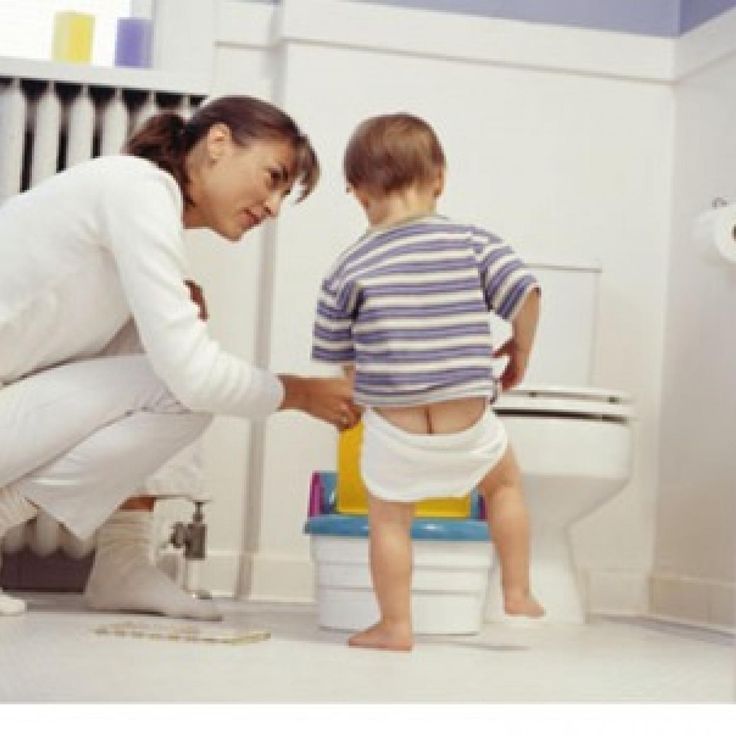 I showed him that the other potty was in the bathtub and we had to wash it later that day. Well, the other potty continued to be "dirty" for a few days... until he totally forgot about it.
I showed him that the other potty was in the bathtub and we had to wash it later that day. Well, the other potty continued to be "dirty" for a few days... until he totally forgot about it.
It was a super easy transition for us. If your child is resisting switching potties, don't push it. It's better for them to have a positive association with going to the bathroom and for you continue to clean out that stinky potty. They'll want to use a real toilet eventually once they continuously see their parents and other kids going to the bathroom to use a real toilet.
Potty training stage 5 - keep on keeping on
At this point we were essentially "done" with potty training - our son knew what to do by now.
We still have some accidents here and there. We still have mini-accidents, where he starts to pee and then realizes he has to go and runs to the bathroom.
The next step is teaching him to tell us that he had to go if we are at someone's house, or if we are out somewhere.
How to teach toddlers to poop in the toilet
Many parents have trouble getting their toddlers to poop in the toilet. Many kids hold it in, either because they don't know how to poop, because they're scared to poop and think that they are losing a bit of themselves as they poop (yes, this is a real fear!). Or it might just feel wrong for them to poop in a potty after pooping in a diaper for so long.
Here are 2 simple ways we helped my son learn to poop in the toilet:
1. Froggies in the butt
This is such a silly technique but it really helped us.
As a joke, we start call burps "froggies in the throat" and farts "froggies in the butt." I don't even know how it started... maybe one of us burped and it sounded like a "ribbit?"
While we were potty training, every time our son passed gas we asked him "is that a froggy in your butt?? Let's go see if we can push the froggy out into the toilet!"
We would sit him down for a few minutes and ask him to see if he can make another froggy or to push the froggy out.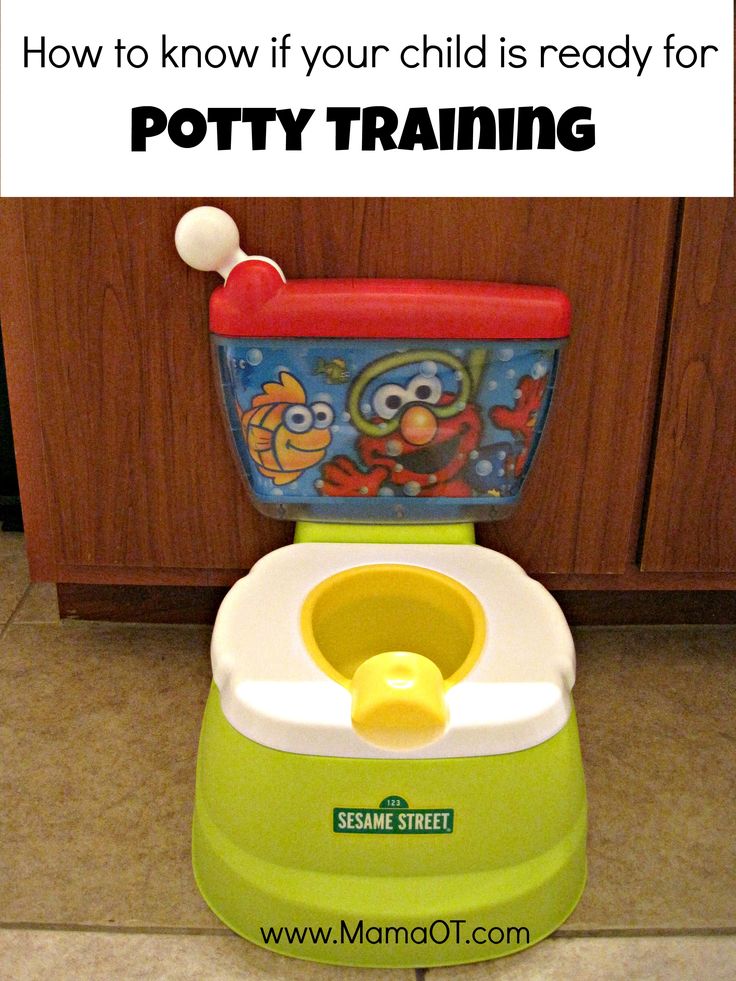 This kind of gave him an understanding of what to do with his body to actually make pooping happen, and reminded him that if he is very gassy then it's probably time to try going #2 in the bathroom.
This kind of gave him an understanding of what to do with his body to actually make pooping happen, and reminded him that if he is very gassy then it's probably time to try going #2 in the bathroom.
2. Yellow pee, brown poop
This is getting gross, I know. Sorry.
Once our son peed in the toilet, we showed him that pee is yellow and we would pretend to get really excited about yellow pee. Then we asked him if he thinks he can make brown poop on top of the yellow pee. This gave him a visual goal to strive for and made him excited to try to poop.
Hey, whatever works. He got really excited the first time he made "brown poop on top of yellow pee," and we were just as excited too.
Potty training boys - sit or stand to pee?
We decided to show our son how to pee standing up, but to focus on having him sit down while he pees. This worked out REALLY well for us. I don't know if you noticed yet, but toddler boys CANNOT AIM THEIR PEE while they stand.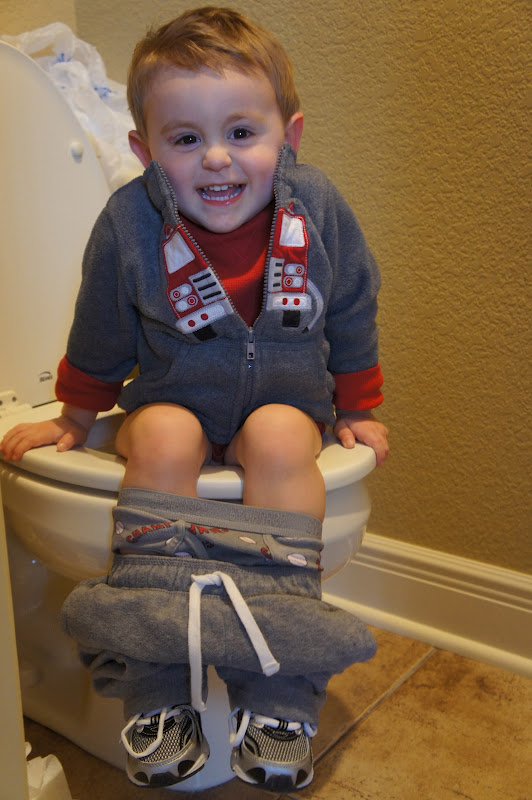 There is pee everywhere.
There is pee everywhere.
By having him sit to pee, we could easily tell him to point his penis down into the toilet so he could pee in there.
Also, sometimes he didn't really know if he was going to pee, poop, or both. But this wasn't a problem since he was sitting down already.
Potty training at night
We actually have not attempted to potty train our son at night. At all.
He still wears a diaper at night and we call it his "sleep time underwear" now (because he thinks diapers are for babies). The reason we didn't try to potty train at night is that our son sleeps SO WELL. We sleep trained him (read about that and what I say to my son every night to get him to fall asleep on his own without any drama). He still sleeps in his crib and does not climb out, so once he is in, he is in there for almost 12 hours.
We did NOT want to mess with that and have him start asking to get out of bed to go use the potty. We'll take uninterrupted sleep for as long as we can get it.
I am OK with him wearing diapers or pull-ups at night until he is 4 or 5 or whatever. Society can judge all they want. Once we see that he is no longer wetting his diaper at night, then we will look into how to potty train him at night.
Until then, we all sleep peacefully.
Other toddler parenting articles you might find helpful:
- 22 Life skills to teach your toddlers
- My #1 tip for reducing meltdowns in toddlers
- Open ended toys for toddlers
- What I say to my toddler to get him to fall asleep on his own every night
- Coming to terms with the Autism diagnosis
- How to feed a toddler who refuses to eat
I would love to hear how you potty trained your kids! Please leave a comment below and let me know.
Please also share this with other parents if you think it might be helpful to them. And don't forget to save it for later on Pinterest!
And don't forget to save it for later on Pinterest!
Share this post:
214 shares
Potty Training Stubborn Kids - tips and tricks for parents
Potty training stubborn kids can be a frustrating experience for moms, dads and children. Whether you’re potty training boys, girls, toddlers or a 5-year-old, these tips for potty training stubborn kids will help you ditch the diapers for good.
Potty Training Stubborn Kids
Potty training stubborn kids is hard, but it’s not impossible. The following tips will help everyone master potty training together.
Is your child really ready?
Usually when a child is stubborn, it’s likely that one or both parents are also stubborn. Which can lead to some big-time potty training struggles.
But the first question you have to ask yourself is this: Is your child REALLY ready to be potty trained?
Don’t compare this child to any of your other kids.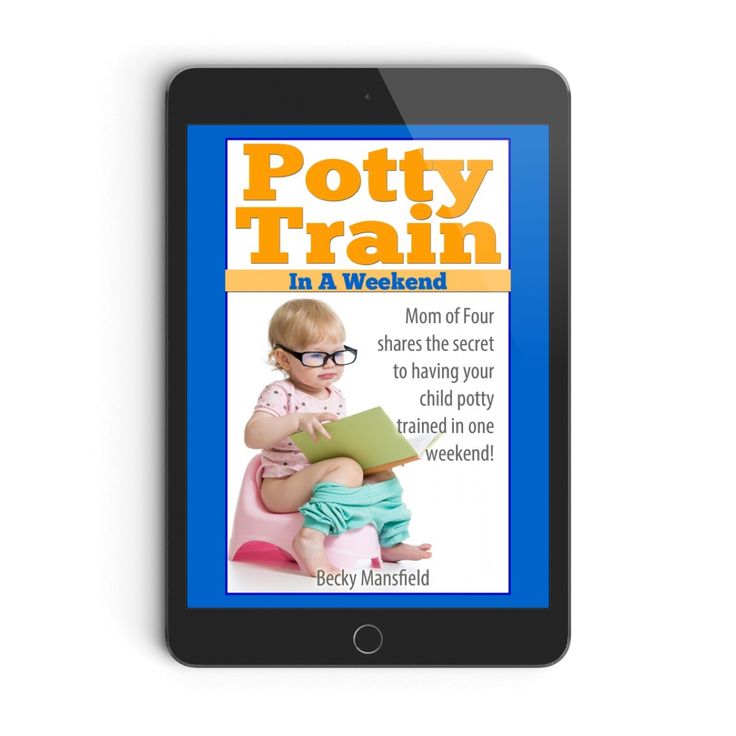 Or their peers. Don’t think about when grandma says they should be potty trained or even what your friends say. Take a deep breath and really ask yourself if your child NEEDS to be potty trained right now.
Or their peers. Don’t think about when grandma says they should be potty trained or even what your friends say. Take a deep breath and really ask yourself if your child NEEDS to be potty trained right now.
Nine times out of 10, a stubborn child just isn’t ready to be potty trained yet. And if you wait, really wait until they’re ready, they’ll be one of the kids that is potty trained in three days.
This might mean waiting until your little boy is 4 years old. It might mean waiting until after the next baby is born. And that’s okay because it’s going to save you so much stress and frustration surrounding potty training.
Do this while you’re waiting…
That doesn’t mean that you should ignore potty training altogether. Let your child wear diapers for a few more weeks, months or years, and in the meantime, be sure to do the following:
- Sing potty training songs.
- Give your child a doll to potty train. They’ll be responsible for teaching their doll how to use the potty.
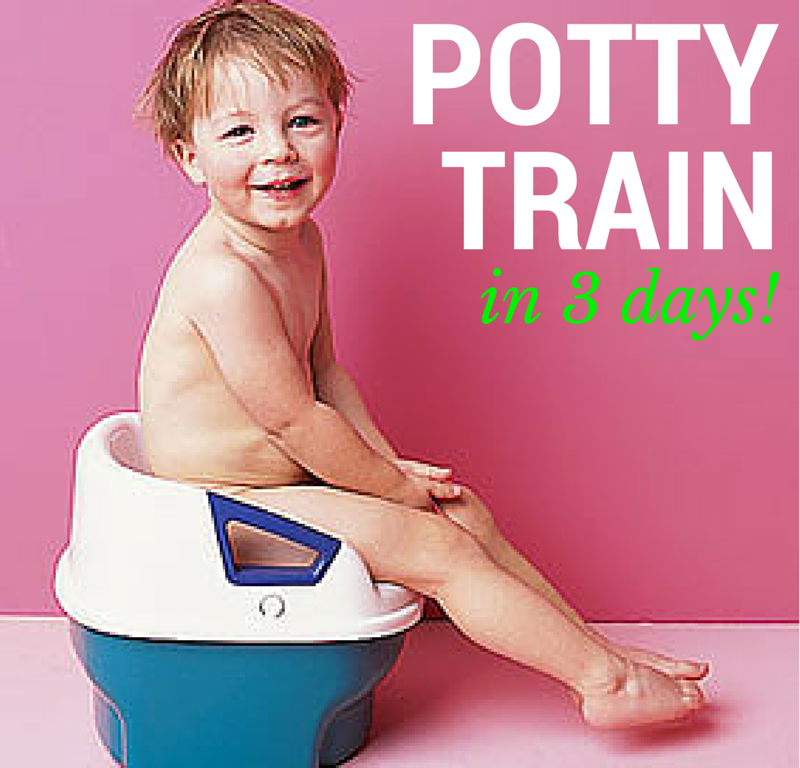 And they’ll also have to encourage their doll if there are any accidents.
And they’ll also have to encourage their doll if there are any accidents. - Read potty training books.
- You might even let your child wear underwear over their diapers for awhile.
You never want to force potty training, especially when you’re working with a stubborn child (and especially when it comes to pooping.)
But sometimes you HAVE to potty train your child
Sometimes you’re forced to potty train your child before they’re ready – especially when it comes to starting preschool. If that’s the case, then brace yourself for some bumpy times ahead. It will be more challenging to potty train your child, but it won’t be impossible.
Eliminate diapers.
You’ll most likely need to eliminate all diapers in your house (except for at night.) If your child knows there are diapers available, he or she is likely to find them.
Bring your A-game.
When you’re potty training a stubborn child, you as the parent need to be even more engaged.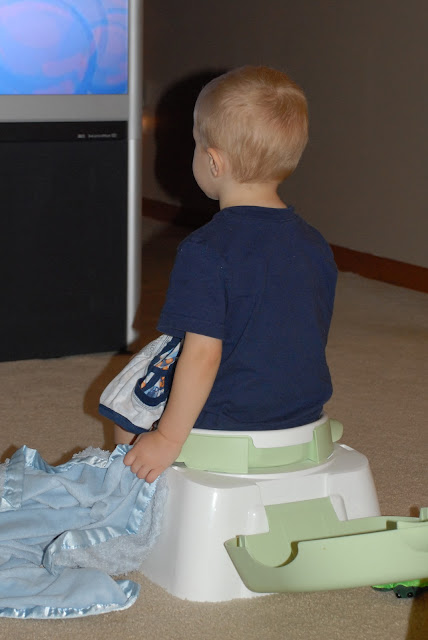 Follow a 3-day potty training method to get things started. Plan out your potty training schedule and print out a potty training chart. Put on your game face and get started.
Follow a 3-day potty training method to get things started. Plan out your potty training schedule and print out a potty training chart. Put on your game face and get started.
Up your rewards.
You’re not going to get away with giving a stubborn child a sticker. You’re going to have to give a lot of consideration towards what type of potty training rewards to give your child. Think about what really motivates him or her and go from there.
Do your homework.
If you’re potty training a stubborn child, you’re going to need to do your homework. Start here:
- Real potty training tips from real parents
- Potty training boys
- When your child won’t poop on the potty
- Potty training regression
- Potty training at night
Don’t forget to laugh.
This could be a grueling process, but you must remain calm, patient and encouraging – even when there is poop smeared on your walls.
Remember to take deep breaths, take breaks when you can by tag-teaming with another adult, and laugh whenever you can!
Get ready to celebrate.
It may take longer than other kids, but at some point your stubborn child will be potty trained. When that happens, get ready to celebrate and make a huge deal out of this success! A potty training party is a great way to celebrate!
Potty Training Doesn’t Have to Stink!
If you’re potty training your child, Kandoo is here to help. Follow the three steps below to receive all of the potty training support we have to offer.
1. Get Potty Training Resources
Visit Kandookids.com/PottyTraining for hacks and support on your potty training journey. From the very basics to how to handle potty training regressions, poop problems and wiping, we’ve got answers to your questions.
2. Sign up for our Potty Training Program
Need a little more help and support? Sign up for our FREE potty program. It’s full of step-by-step advice to walk you through the entire potty training process – from the first time you introduce the potty to how to throw a potty training party to celebrate your success at the end.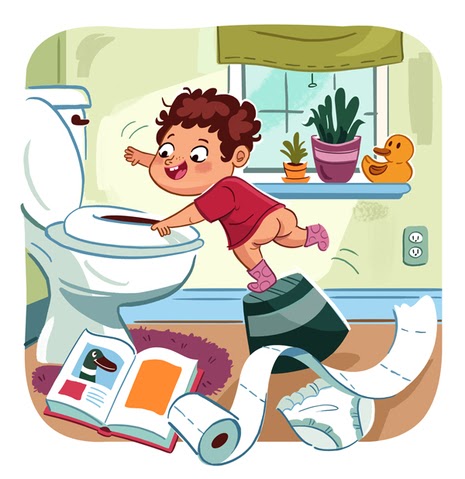
Sign up, and you’ll receive the most effective hacks on potty training including a step-by-step plan of action on when to start, supplies to buy, how to keep it silly, how to handle set backs and more! Click here to join now.
3. Stock up on Supplies – like Kandoo Flushable Wipes
Kandoo Flushable Cleansing Wipes clean up to 30% better than toilet paper. The wipes pop up with the push of a button, making them perfect for little hands. Added bonus? No more using too much (or too little) toilet paper.
Help your little one get a clean wipe every time with the Kandoo Potty Time Pack. From Kandoo Flushable Wipes to Kandoo BRIGHTFOAM® Hand soap – and even a potty training superhero cape – the Potty Time Pack has everything you need for potty training success.
If your child likes to be independent, the Kandoo Potty Time Pack can help. Click here to purchase it now with free shipping!
Pin It!
How to potty train a child
August 11, 2019LikbezAdvice
You shouldn't suffer if the neighbor's baby is already doing without diapers, but yours is not yet.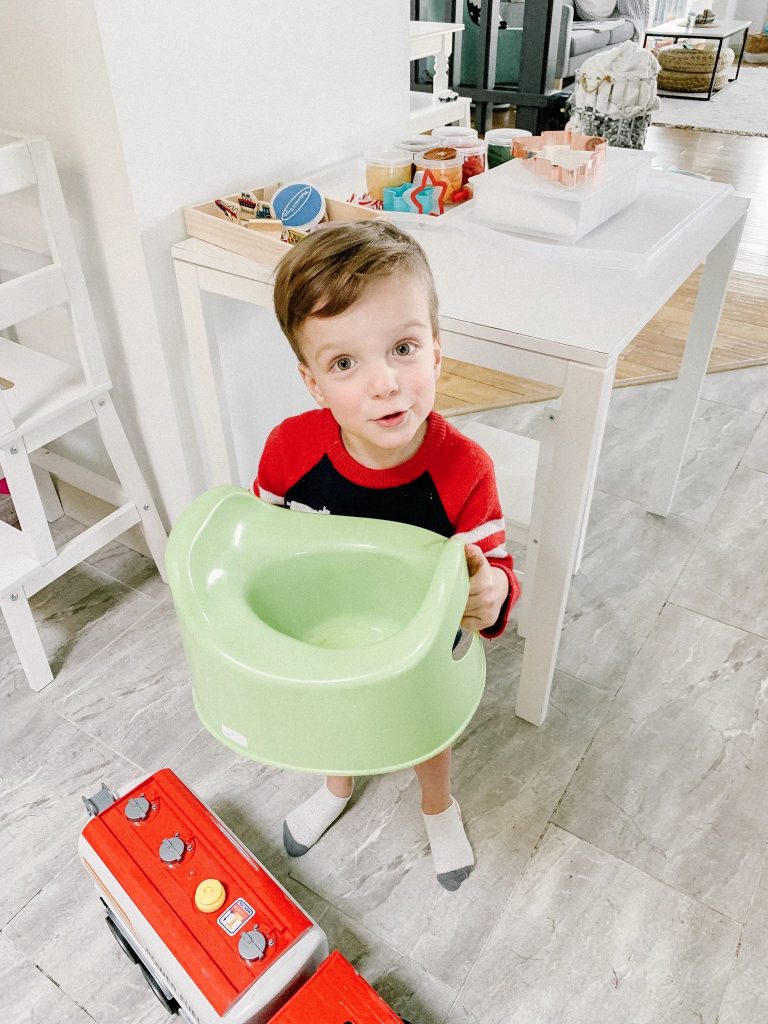
Share
0Unsuccessful attempts to potty seat a child are a source of stress for many parents (especially mothers). Your cute baby, usually so smart and obedient, suddenly turns into an uncontrollable stubborn. He gets angry, throws the portable toilet on the floor, puts it on his head...
But there is good news: sooner or later everyone will sit down! The main thing is to be less nervous and not get hung up on punctures. And ideally, treat the process as a difficult but exciting game.
Don't get hung up on age
There is no and cannot be an unequivocal answer to the question at what age should a child ask for a potty by himself. Everyone develops according to an individual schedule. As a rule, the baby mentally and physically matures for acquaintance with the potty during the period The Role of the Parents in Toilet Training from one and a half to three years. It makes no sense to wean from diapers earlier: up to a year, children are not able to control urination and defecation themselves.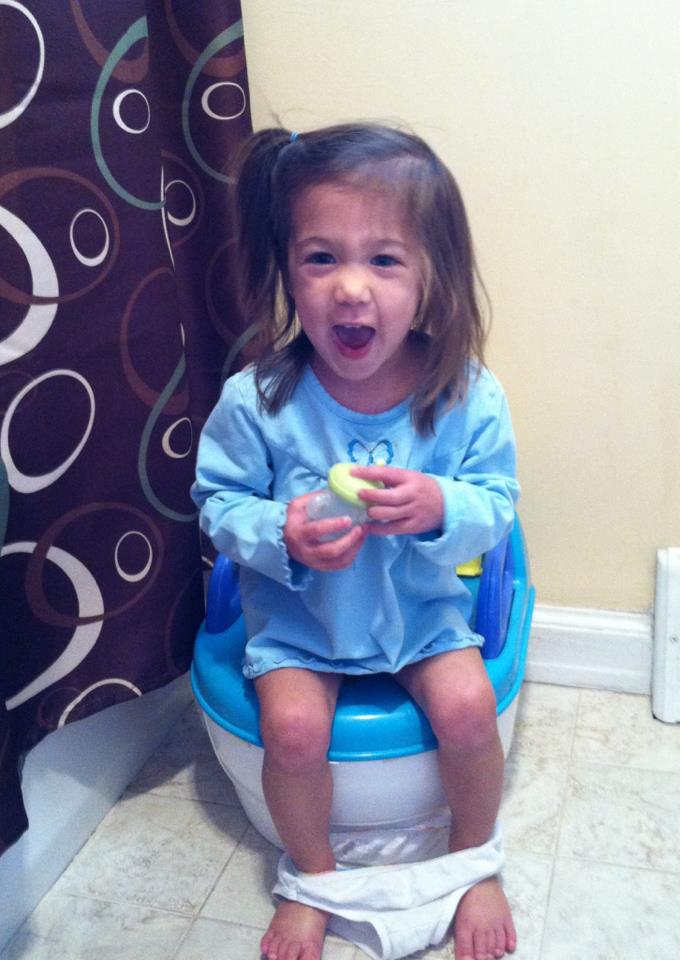
Many pediatricians agree that the first attempts should be made at two years of age. Nothing works? Do not torture yourself or the child, but simply postpone this issue for a couple of months. On average, persistent toilet reflexes are developed by the age of three. Although if it happens later, it's okay.
See if your baby is potty ready
familyeducation.comSuccess is more about mental and physical readiness than age. There are certain clues in the Potty training readiness checklist that the child is already able to learn toilet science.
- Bowel movements occur at about the same time.
- Pampers stay dry for more than two hours. This is a sign that the bladder muscles are strong enough to hold the fluid.
- It is clearly unpleasant for a child to wear a dirty and wet diaper.
- He understands the meaning of the words "pissed" and "pooped".
- He knows the names of parts of the body and articles of clothing.
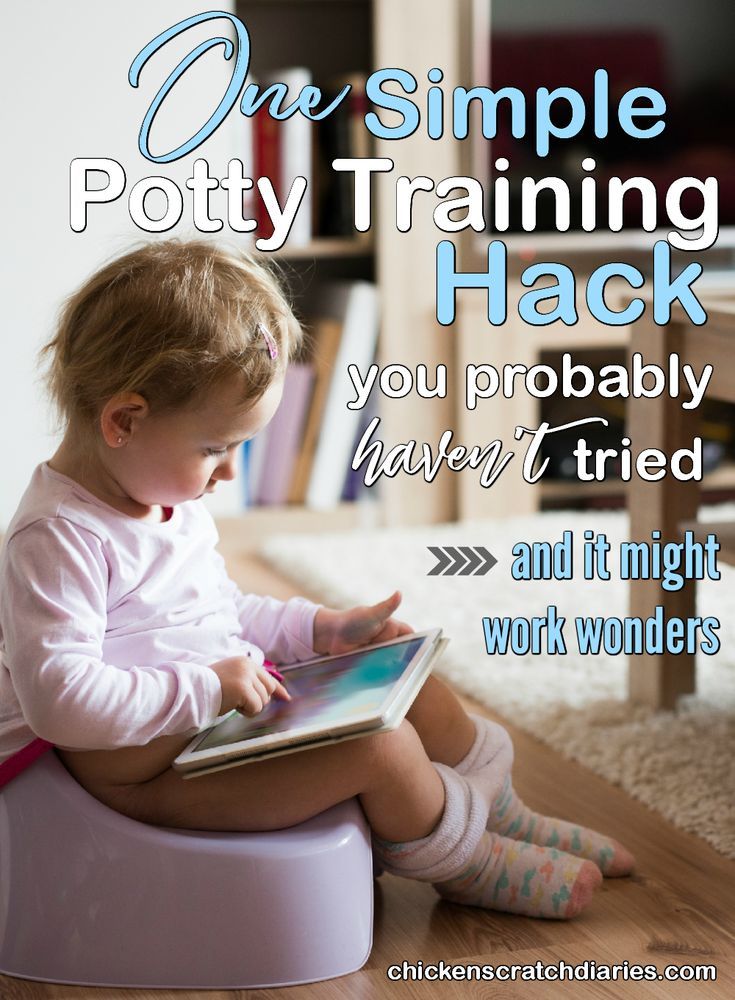
- He strives to undress and dress himself (ideally knows how to take off and put on his shorts).
- Baby can sit in one position for up to five minutes.
- He is keenly interested in what adults do in the toilet.
Choose the right potty
parenting.comConvenient and safe potty will save you a lot of time and nerves. When choosing, consider the following factors.
1. Material
Iron pots with rattling lids are fortunately a thing of the past. The cold metal was replaced by a plastic that is more pleasant for the tender buttocks.
Children's toilets are usually made from polystyrene or polypropylene. Both options are considered environmentally friendly and safe, they are easy to clean and do not absorb odors. But it is better to choose polypropylene: it is not afraid of temperature changes. This means that such a pot can even be washed with boiling water for disinfection.
2. Model
Classic round pot
market.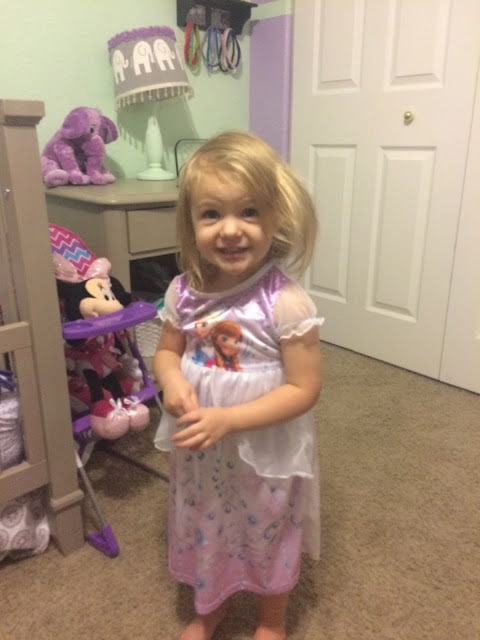 yandex.ru
yandex.ru Cheap and convenient option. It is easy to sit on such a pot: this is especially important when the baby is in a hurry. But there is a caveat: a round hole is more suitable for girls. On the classic seat, the child involuntarily brings the legs together. Therefore, it will be difficult for the boy to relieve himself and not splash anything.
Anatomical saddle potty
amazon.comThis is what a young gentleman needs. Riding the toilet with an anatomical curve and a protrusion in front, the boy assumes the optimal position for urination: his legs are apart, the jet is directed downwards. True, it’s more difficult to get on such a pot, especially with your pants down. Therefore, at first, the baby can not do without your help.
Potty high chair
amazon.comSimilar to a regular highchair with a removable tray. If you liked this option, pay attention to the following points:
- Height. The kid always rests his feet on the floor, and does not dangle them in the air.
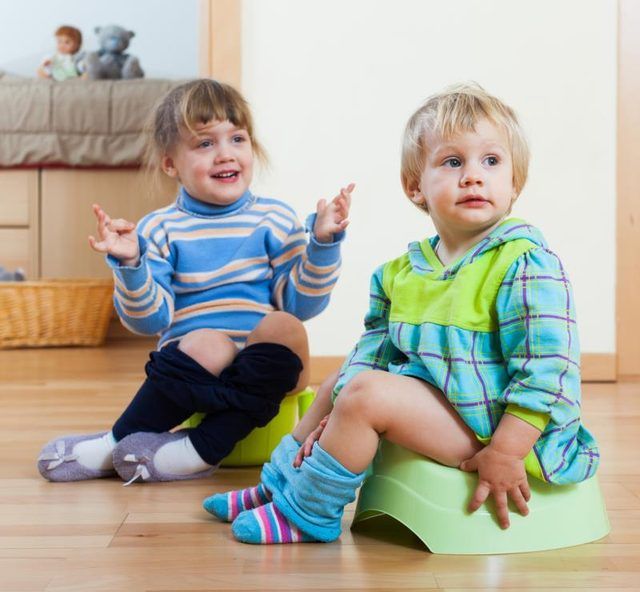
- No gaps. There should be no gaps between the frame and the removable tray, otherwise the child may pinch the buttocks painfully.
- Stability. Wide feet with anti-slip coating will help protect the fidgety child from falling.
Potty toy
amazon.comChildren usually love snail, car or minion designs. But often a child treats a toad or a bear with a hole like a toy, and not like a toilet. He sits on such a pot for a long time. And this is fraught with circulatory disorders in the pelvic organs and constipation.
Music potty
pottypatty.comMakes sounds when the child has successfully emptied the bladder or bowels. This is convenient for parents: there is no need to twitch and check whether the baby has coped with the task. But melodies can scare very young children. It is better to buy such a model for an older child, if he has already mastered a simpler option.
3. Size
Sometimes the age of the pot is indicated on the label. But in order not to miss, take the child with you and check if the height is suitable for him and if the hole is not too big or small for his buttocks.
But in order not to miss, take the child with you and check if the height is suitable for him and if the hole is not too big or small for his buttocks.
4. Useful elements
vsevse.ru- The lid is a convenient solution in situations where it is not possible to immediately take out the pot (when traveling or if the baby goes to the toilet at night).
- The potty with a handle makes it easier to carry.
- Skirt (silicone or rubberized footplate at the base) provides a secure grip on the floor. The contents of such a pot will not spill if the child gets up abruptly.
Don't expect instant results
It can take from a week to several months for a child to become friends with the potty. But things will go much faster if at the time of the start of training the baby is calm and healthy, his teeth do not climb and his stomach does not hurt. In any case, never scold yourself or your child if, after sitting on the potty to no avail, he soaked his shorts after a couple of minutes.
Explain in an understandable way why you need a potty. Talk about him as a new friend who will benefit the buttocks. Explain that if you defecate in your underpants, they become upset and itchy. And with a pot they will be dry, clean and happy.
Set an example
portlandloo.comStart by planting bears, bunnies and dolls on the potty. It is even better if one of the more experienced children sets an example for the beginner: it is easier to master this science for the company.
Find a suitable place for the potty
mamalina.coPlace a portable toilet where the child can easily reach it. Best of all - in the corner of the nursery, where there are no drafts. It is important that the seat stays warm and does not get cold on the skin. When the baby grows up, the pot can be evicted to the restroom.
Start slowly
First, let the baby sit on the potty in clothes. When he gets used to it, drop him without panties for two to three minutes. Hold your child's hand for the first time. Gradually work your potty up to 10 minutes. This is enough to meet all needs, big and small.
Hold your child's hand for the first time. Gradually work your potty up to 10 minutes. This is enough to meet all needs, big and small.
Choose comfortable clothes
pottygenius.comIt is best to start potty training in the summer, when the baby has a minimum of clothes, and if unsuccessful, it dries quickly after washing. In any case, try to ensure that during the training period there are things on the crumbs that are easy to remove and pull back - without extra buttons and snakes. And if the temperature in the room allows, let him take the first steps to the potty naked.
Calculate the time
While the baby still does not quite understand that it is time to go to the toilet, offer him to sit on the potty at critical moments - before and after sleep, before and after a walk, as well as after eating. And in no case do not try to stimulate urination with the sounds of flowing water: in this way you will do a disservice to the child and form incorrect reflexes in him.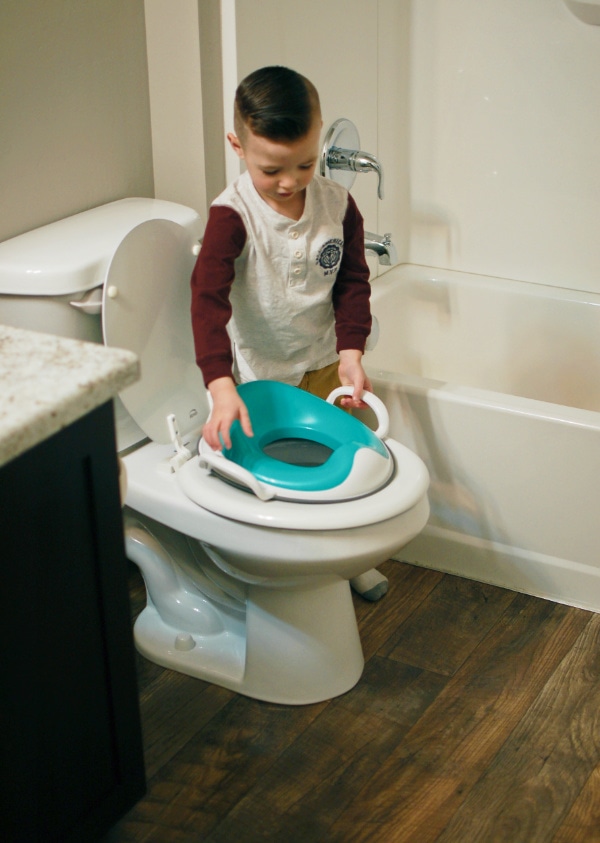
Use fewer diapers
parentingpassage.comReduce the number of diapers when you go to the potty. Leave them only for sleeping and walking. If it happens in the summer, then you can go outside without a diaper.
Get a toilet toy or a book
familyeducation.comIt will make your baby less bored on the potty. At the same time, it is very important that the toilet chair itself is not perceived as a toy. Potty is serious business! They don’t mess around with it, they perform important tasks on it.
Teach related routines
munchkin.comWhen the child is a little comfortable, move on to further self-care skills: take the potty to the toilet, empty its contents, rinse, wash hands, put back and cover.
Praise your child for every successful trip
Enthusiastic praise will consolidate the result. In this case, the more admiration, the better. Then the child will want to repeat the situation of triumph.
Keep your potty clean
Not only should it be comfortable, it should also be safe. To prevent pathogenic microbes from accumulating in it, do the following:
To prevent pathogenic microbes from accumulating in it, do the following:
- empty the contents of the pot as soon as possible;
- rinse with warm water and dry with a clean cloth;
- if necessary - clean with a separate brush, but in no case with the one used in an adult toilet;
- Wash the potty once a day with soap or detergent for baby dishes.
Read also 👶🤱👦
- How to teach a child to swim
- How to teach a child to speak
- 5 safe ways to remove tar from clothes
- 15 educational games for children under 3 years old
- How to choose the right mosquito repellent for children
How to potty train a child
At what age should a child be potty trained?
Every mom worries about this question: when to teach? You can start teaching your child at 8 months and 2 years. Both options are the norm. Experts consider the optimal age for introducing a child to the potty 2-3. 5 years (it is important to focus on the child, this is very individual). Tip: just watch your child carefully and you will see the necessary “signals” of readiness. Some babies begin to show signs that they want to go to the toilet. Some children freeze, others hide, others begin to push, others become naughty. The main problem is that at this moment it is difficult to put the baby on the pot, even if you caught him. To help you with training, we at Mishka Store asked real parents to tell us about their own experiences with training. Perhaps these tips and life hacks will help you.
5 years (it is important to focus on the child, this is very individual). Tip: just watch your child carefully and you will see the necessary “signals” of readiness. Some babies begin to show signs that they want to go to the toilet. Some children freeze, others hide, others begin to push, others become naughty. The main problem is that at this moment it is difficult to put the baby on the pot, even if you caught him. To help you with training, we at Mishka Store asked real parents to tell us about their own experiences with training. Perhaps these tips and life hacks will help you.
The child does not want to use the potty. Offer a prize!
Some children are well motivated by prizes and games. Think of some special prizes you can give your baby as praise for potty training. From a banal candy to the most unusual game that can become a good motivation. Advice from Victoria (daughter 3): “I recommend bribery as a learning aid. For example, we kept a small plastic piggy bank in the bathroom and refilled it with coins for success results. Our daughter really liked it - she shook the piggy bank with a gleam in her eyes. When the piggy bank was full, we spent it on the rides at the mall.”
Our daughter really liked it - she shook the piggy bank with a gleam in her eyes. When the piggy bank was full, we spent it on the rides at the mall.”
Reward the child
Come up with your own way of rewarding that your child likes. Mom's advice (2 sons 4 years old): “Every time each of our little ones used the potty, I rewarded them with stickers on T-shirts. At the end of the day, they showed their stickers (which looked like medals) to our dad when he came home from work. So they received another praise from the pope for their success. All in all, it's an inexpensive and easy way to reward kids!”
Praise the child
Try to praise the child more, even if the attempts do not work out. Mom's experience (5-year-old daughter): “I knew about all the tricks - and about stickers, about “bribe” toys, about “special” underpants with drawings. But I advise you to still choose what suits your parenting style.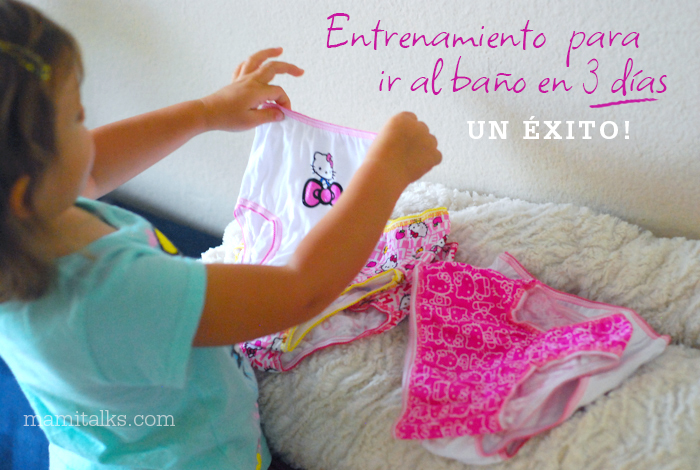 I didn't use the reward in other aspects of parenting, so I didn't want to start here. What worked: A lot of close attention, positive emotions and support, love, tenderness and pride when my children succeed. Lots and lots of praise."
I didn't use the reward in other aspects of parenting, so I didn't want to start here. What worked: A lot of close attention, positive emotions and support, love, tenderness and pride when my children succeed. Lots and lots of praise."
Timing is everything
Perhaps you have already tried and there are no successful attempts yet? In any case, your child must be ready. Don't worry, it will be ready someday. This is fine. The main thing is peace. Mom's opinion: “We mastered the potty very late, much later than our peers. But I was very calm. No child is going to finish school in diapers. I don’t think you should get hung up that your child of a certain age does not go to the potty, and you put such pressure on him and accustoming to hygiene becomes a battle ... I think it’s not worth it at all. We need to let go of the situation and look more calmly.”
Patience is everything
Be patient, the process may take much longer than you think.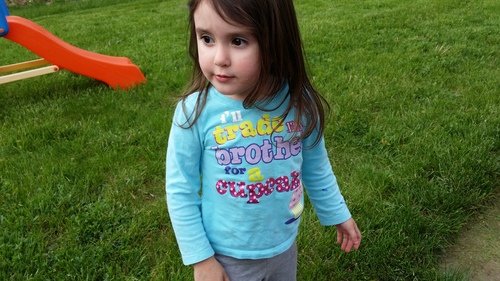 Dad experience: “When I thought my daughter should be ready for school (at 2 years and 2 months), we went to the toilet every 15 minutes. Yes, it required tremendous patience from the whole family. After a couple of weeks, she was able to “wee-wee” on the potty herself.”
Dad experience: “When I thought my daughter should be ready for school (at 2 years and 2 months), we went to the toilet every 15 minutes. Yes, it required tremendous patience from the whole family. After a couple of weeks, she was able to “wee-wee” on the potty herself.”
Dad does it too
Show your child by example how to use the toilet. Dad experience: “After unsuccessful attempts, I tried a new technique. I showed my son how to do it. After a while, we got it right.”
Little lies for good
Dad experience: “My son was so stubborn. When he was already 2 years old, he was still not going to potty at all. And he categorically refused ... Nothing helped. So I finally told him this story, when we let the water down, so the food goes into the sea for the fish. And if he does not go, then the poor fish will have nothing to eat. My son is a kind little man, realized that it was his mission to go and “rescue” the fish (after all, Nemo and Dory were counting on him too).
